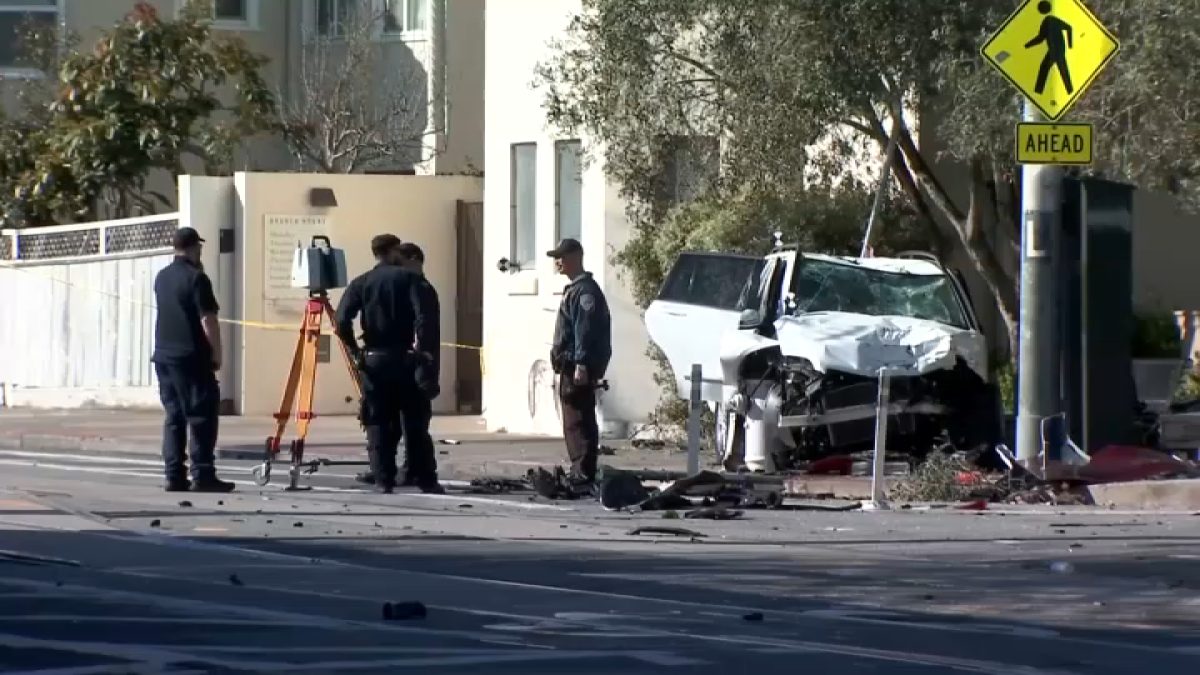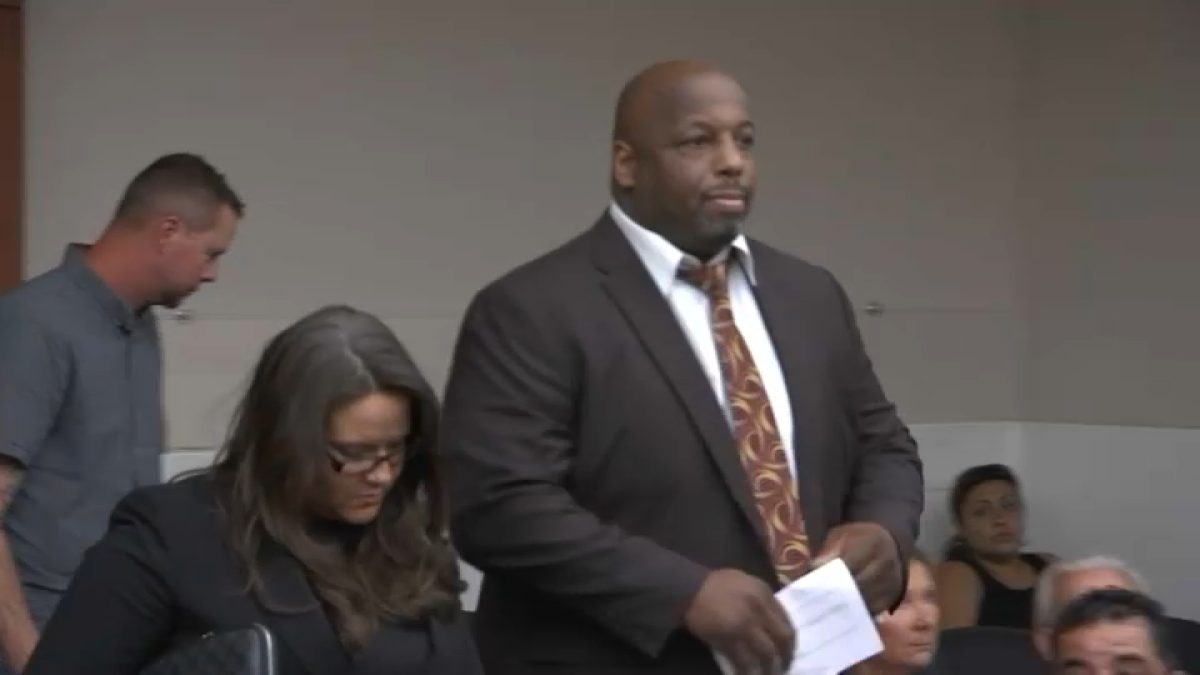Then-San Francisco Mayor Art Agnos was a declared foe of the the city’s Embarcadero and Central Freeways long before the 1989 Loma Prieta Earthquake struck them each a debilitating blow.
He was among the legions who felt the imposing structure along the Embarcadero walled off the city’s residents from their waterfront, casting shadows onto adjoining businesses and turning the area into what he described as a ‘slum.’
“The Ferry Building was shuttered,”Agnos remembered of the era. “It was an empty abandoned building.”
When the October 17th, 1989 Loma Prieta quake damaged the two freeways, Agnos saw his opportunity. He consulted with engineers who couldn’t assure him 100% the freeway would be safe in another major event if it was repaired. Even as he pressed ahead with plans to tear down the Embarcadero there was resistance; Chinatown business owners feared the loss of the freeway would impact business. They marshaled a petition and collected 20,000 signatures in support of saving the structure and threatened to go to the ballot if Agnos went ahead.
He did. And fast. It was gone before anyone could stop him.
“I wanted this to happen as soon as possible,” Agnos said this week. “So we moved the date as quick as we could to start the demolition.”
The devastating earthquake rumbled right into the longstanding debate over neighborhood freeways — evidenced by the brewing anti-freeway movement which had began chipping away at plans to layout ten freeways crisscrossing the city, including one that would connect the Bay Bridge to the Golden Gate Bridge via the Embarcadero.
Local
“In San Francisco you had a number of places where freeways were begun and then stopped in their tracks and they had stub ends,” said Benjamin Grant of the civic planning organization SPUR. “And then you have what can only be termed an act of God in 1989.”
Agnos struck the first blow to the Embarcadero Freeway, sitting behind the wheel of heavy machinery in a photo op at the kick-off for the demolition. It didn’t take long for the cascading concrete and rebar to reveal the future.
“The minute the roadway came down,” said Flicka McGurrin, owner of Pier 23 Cafe on the Embarcadero, “there was all of a sudden all this beauty available to us.”
But the battle over the Central Freeway which wound through Hayes Valley and the Western Addition was more difficult. Agnos had lost his re-election campaign — many believe he was the victim of a galvanized effort by Central Freeway supporters to oust him from office.
As a sign of just how thin the battle-lines were drawn, San Francisco voters later passed a ballot measure to save the freeway. And then in a subsequent election voted to tear it down.
“So we intend to retrospectively think of the story as the earthquake damages freeways and we thought great we’ll tear them down and heal the fabric of the city,” Grant said. “But the reality was actually much more complex.”
The paths of the two former freeways have since been transformed into popular areas — deemed jewels of the city. The Embarcadero is now a grand boulevard where colorful vintage streetcars traverse along the waterfront as visitors bike, jog and wander the edge of the Bay taking in the epic views.
The Central Freeway was replaced with Octavia Boulevard, a European-like street which features hip restaurants, shops and a park that hosts rotating art sculptures. Although some Chinatown business owners still bemoan the loss of the freeway, Agnos believes the devastating earthquake paved the way for some of the city’s boldest accomplishments.
“The earthquake was the single event that gave us an opportunity to make a decision about freeways in this city,” Agnos said.



